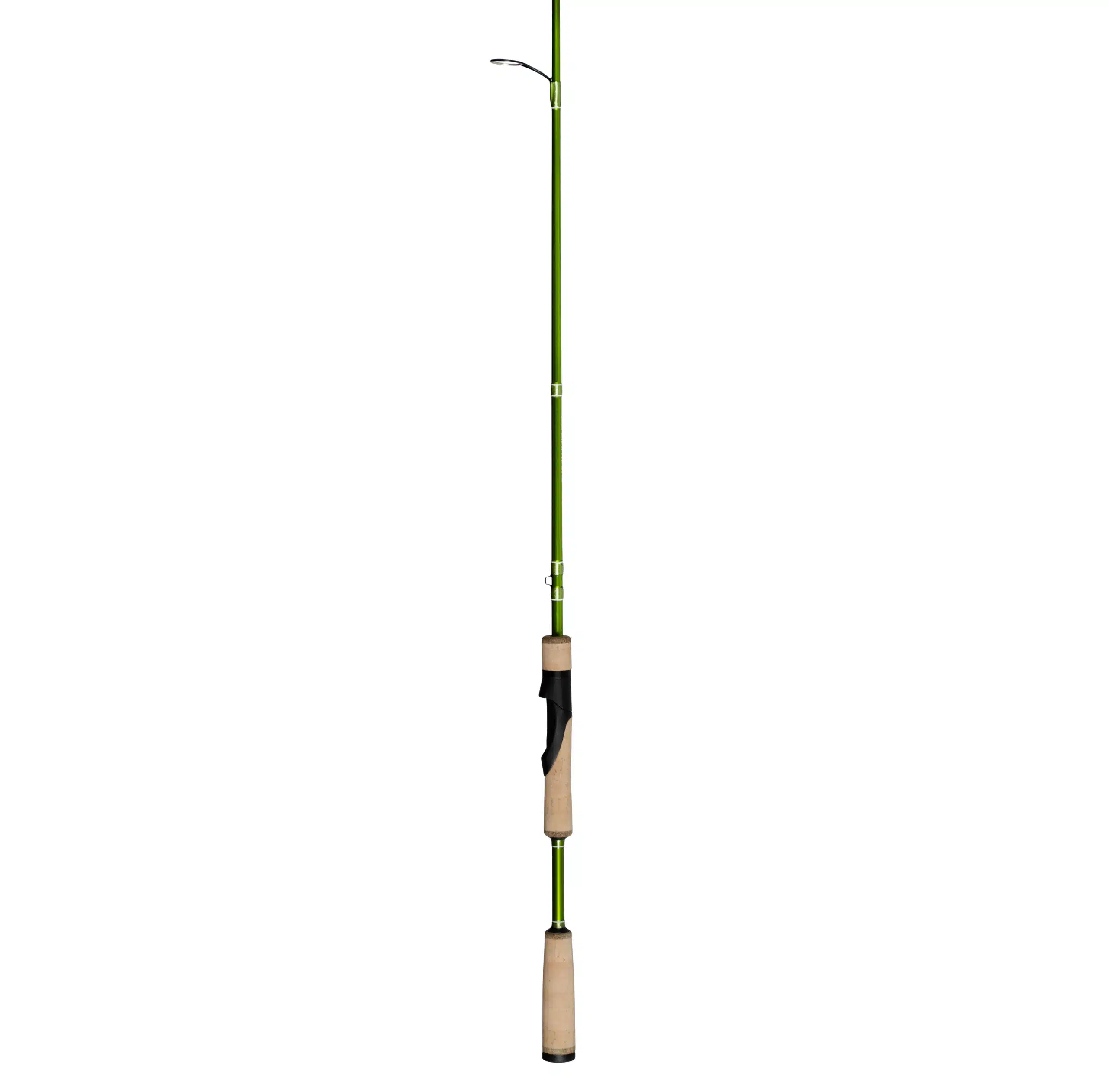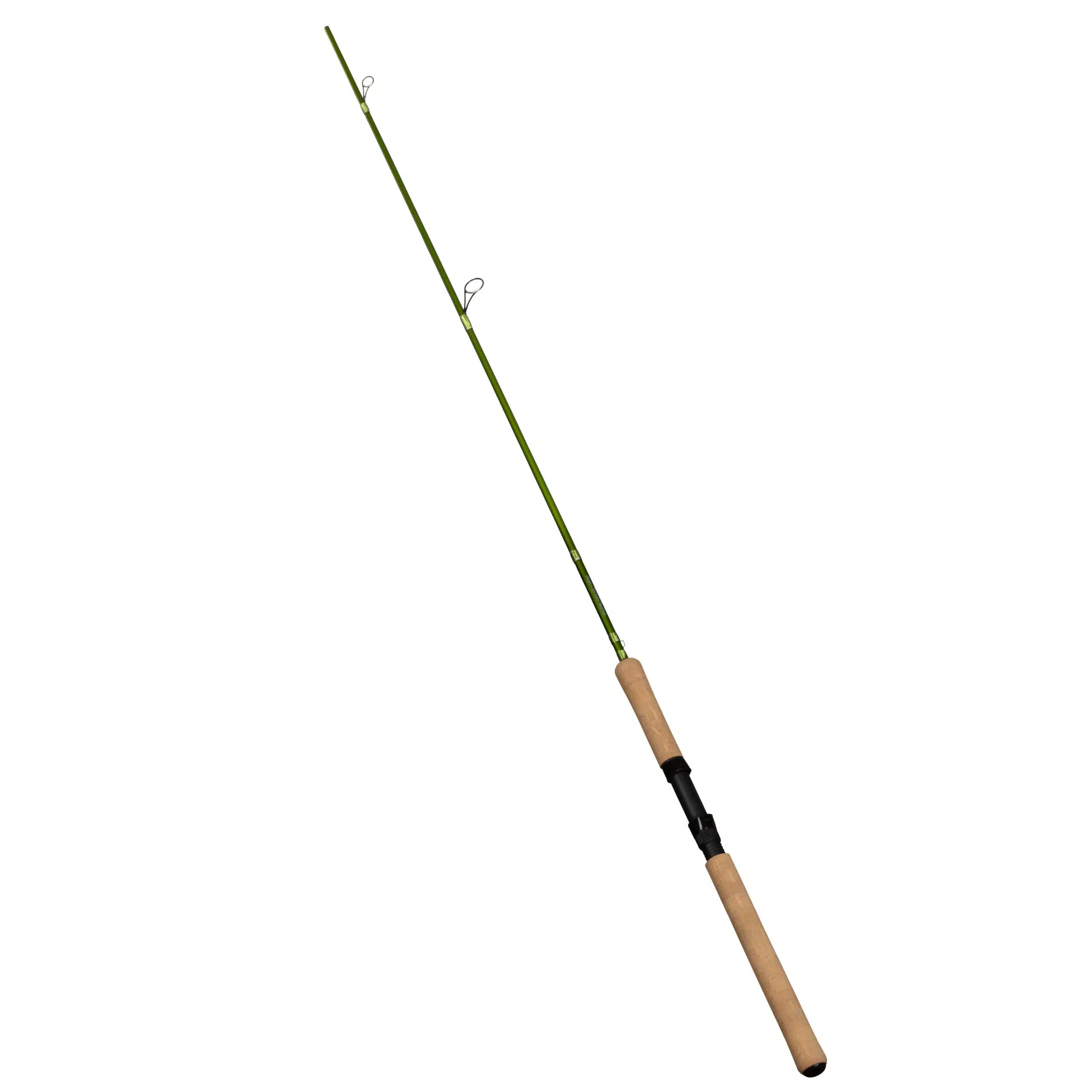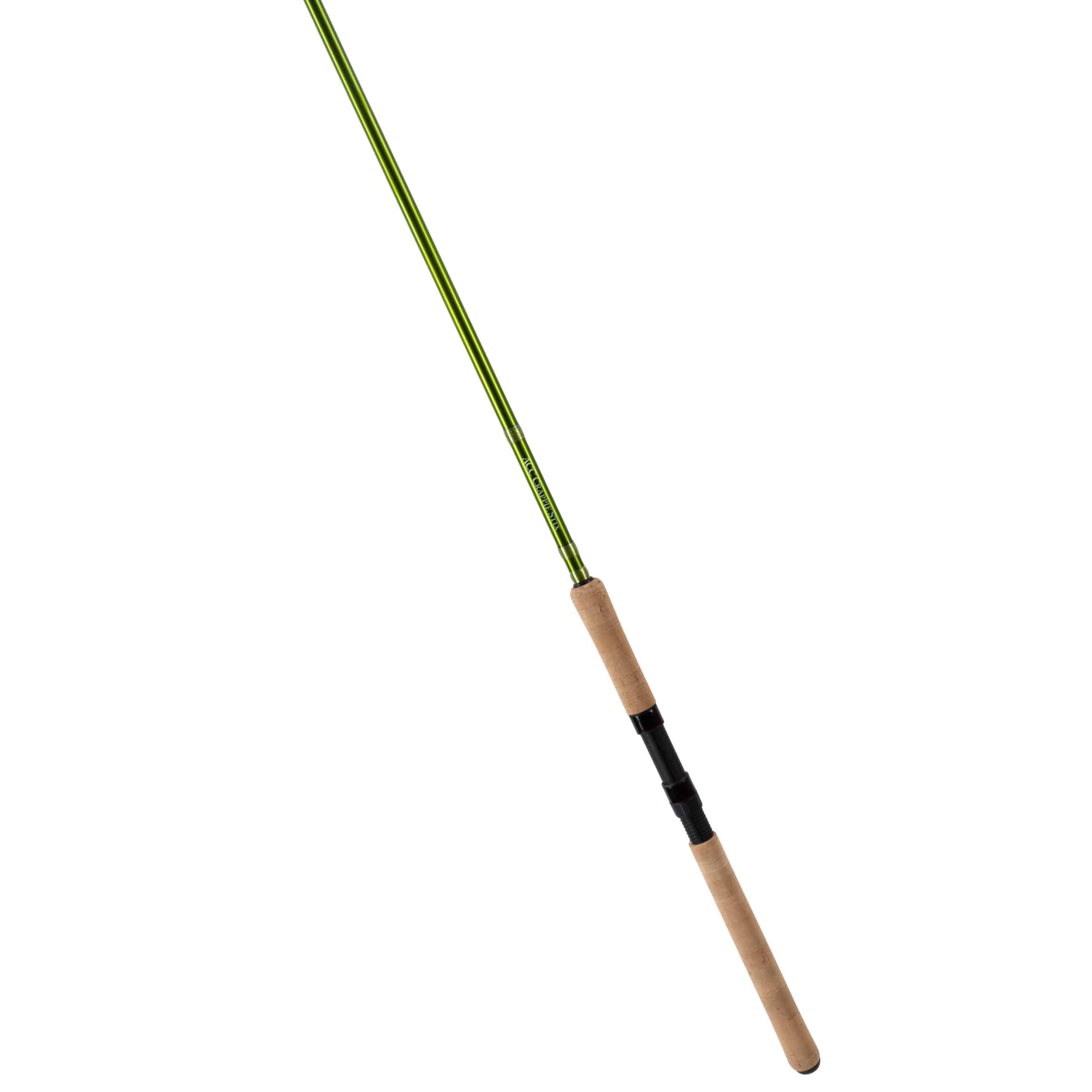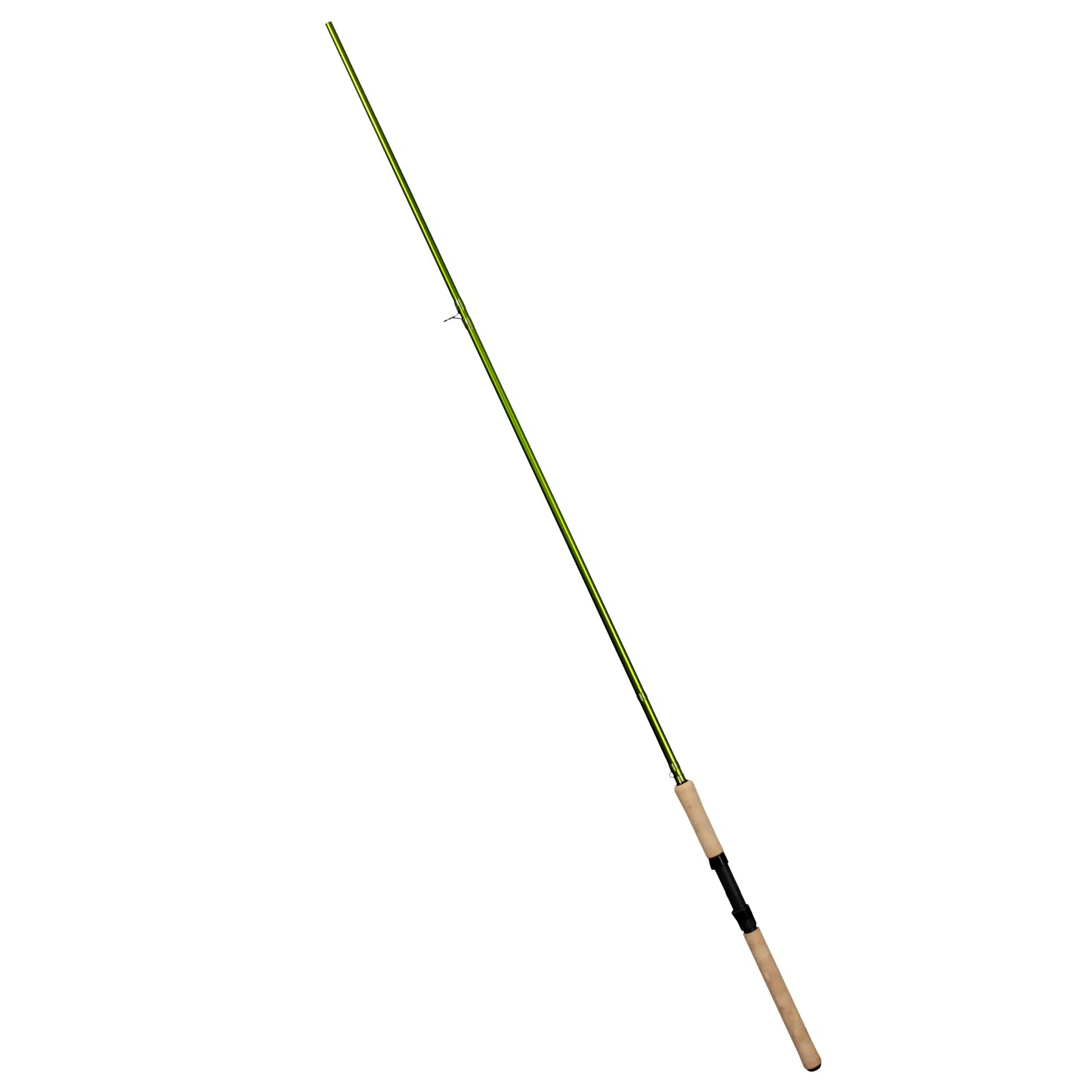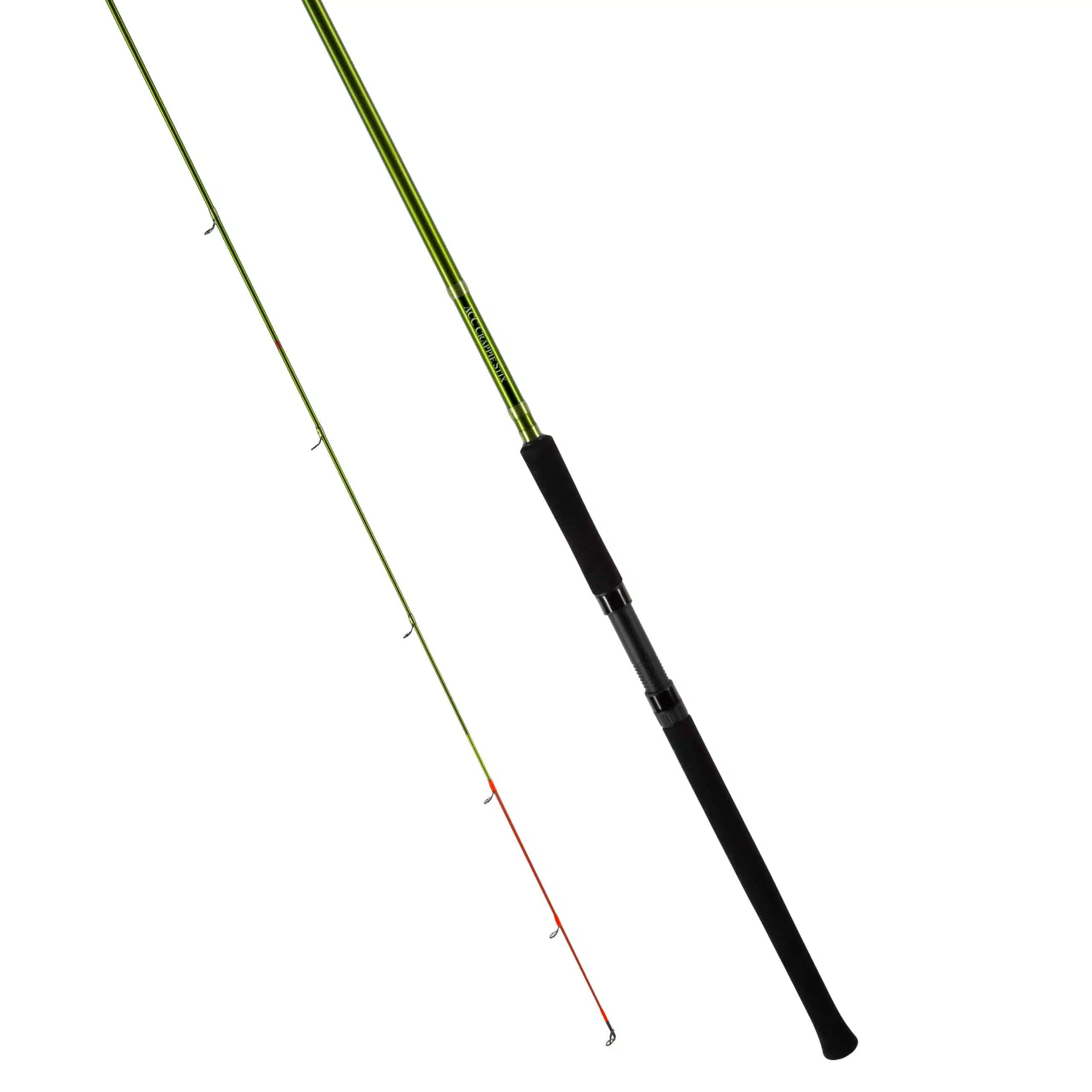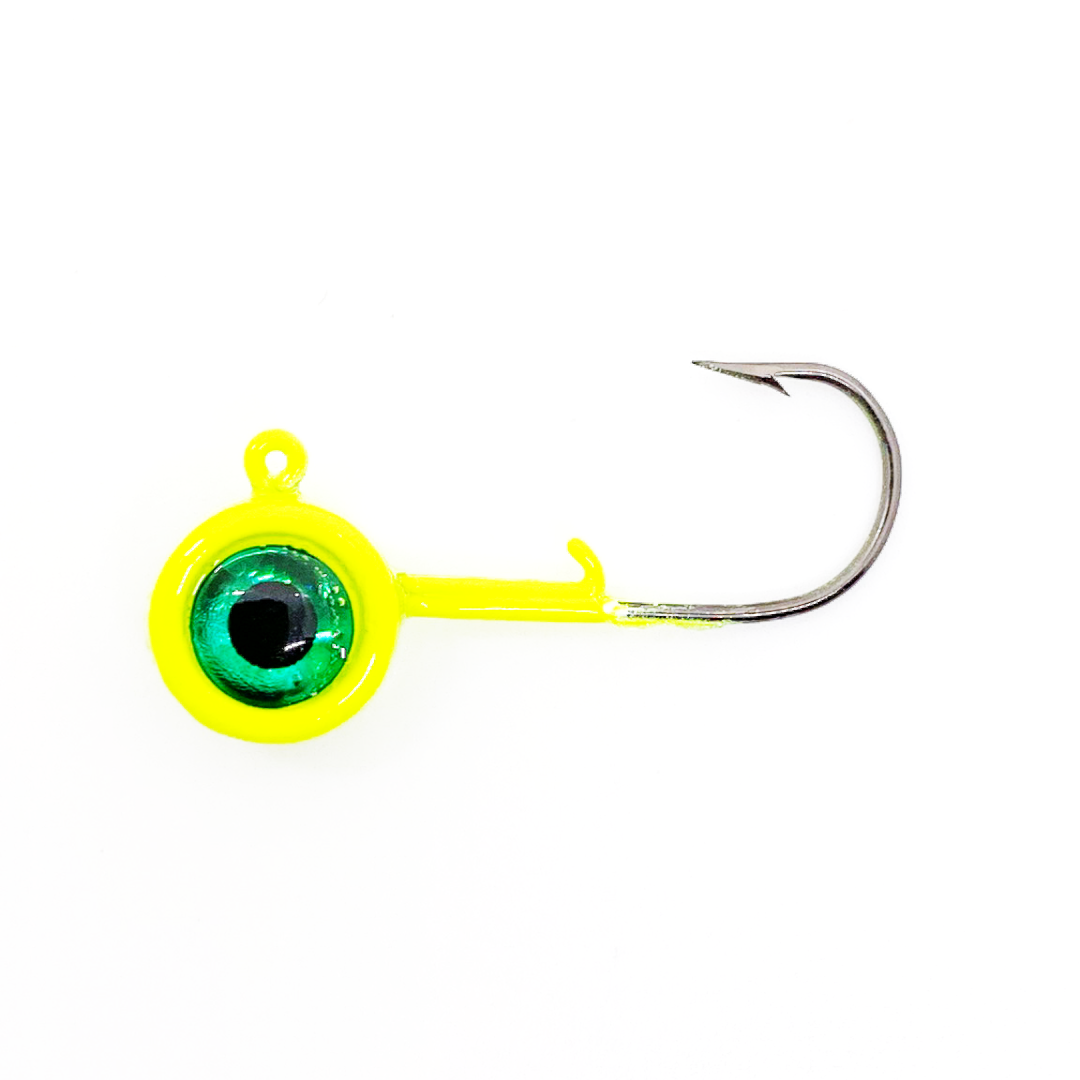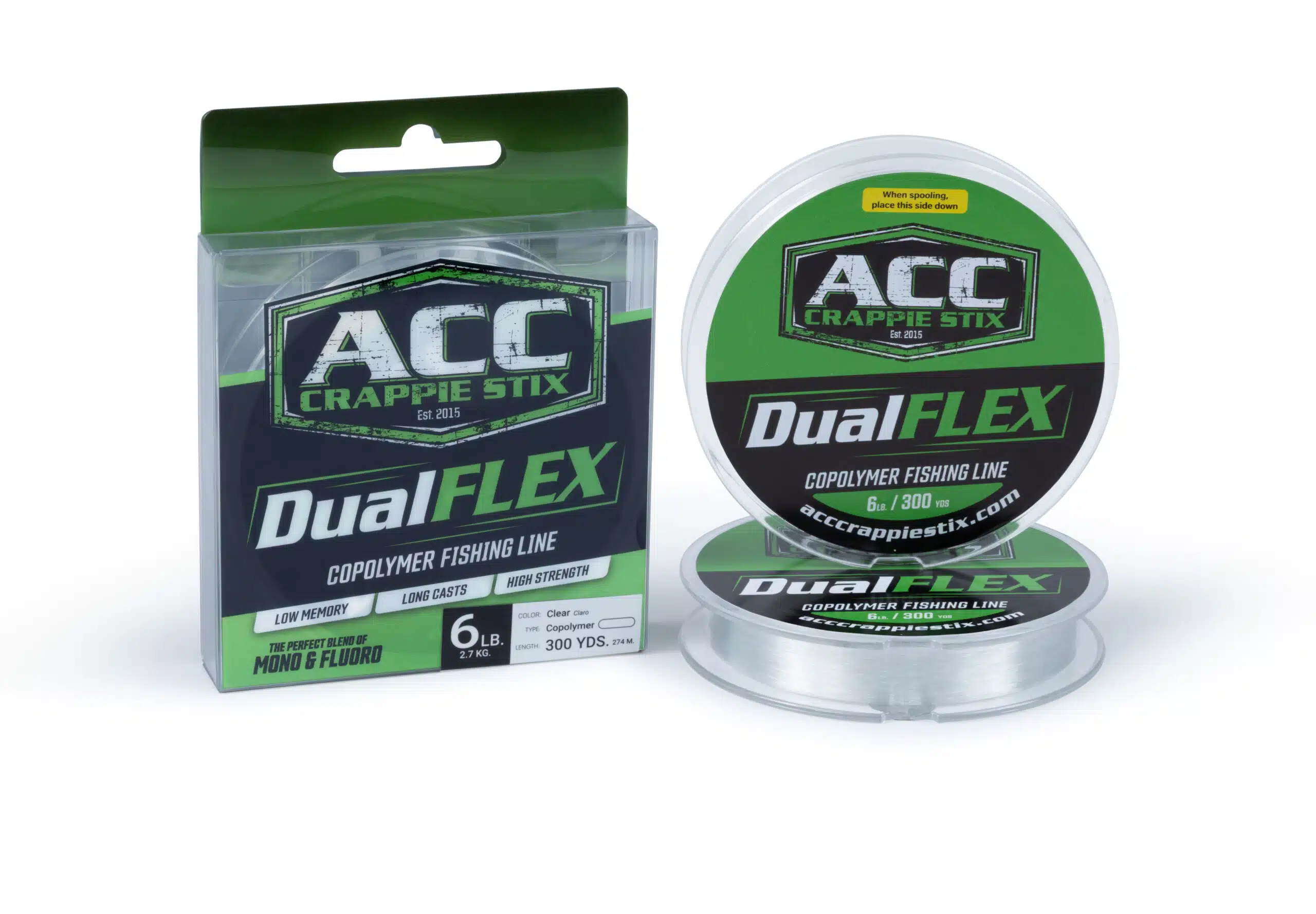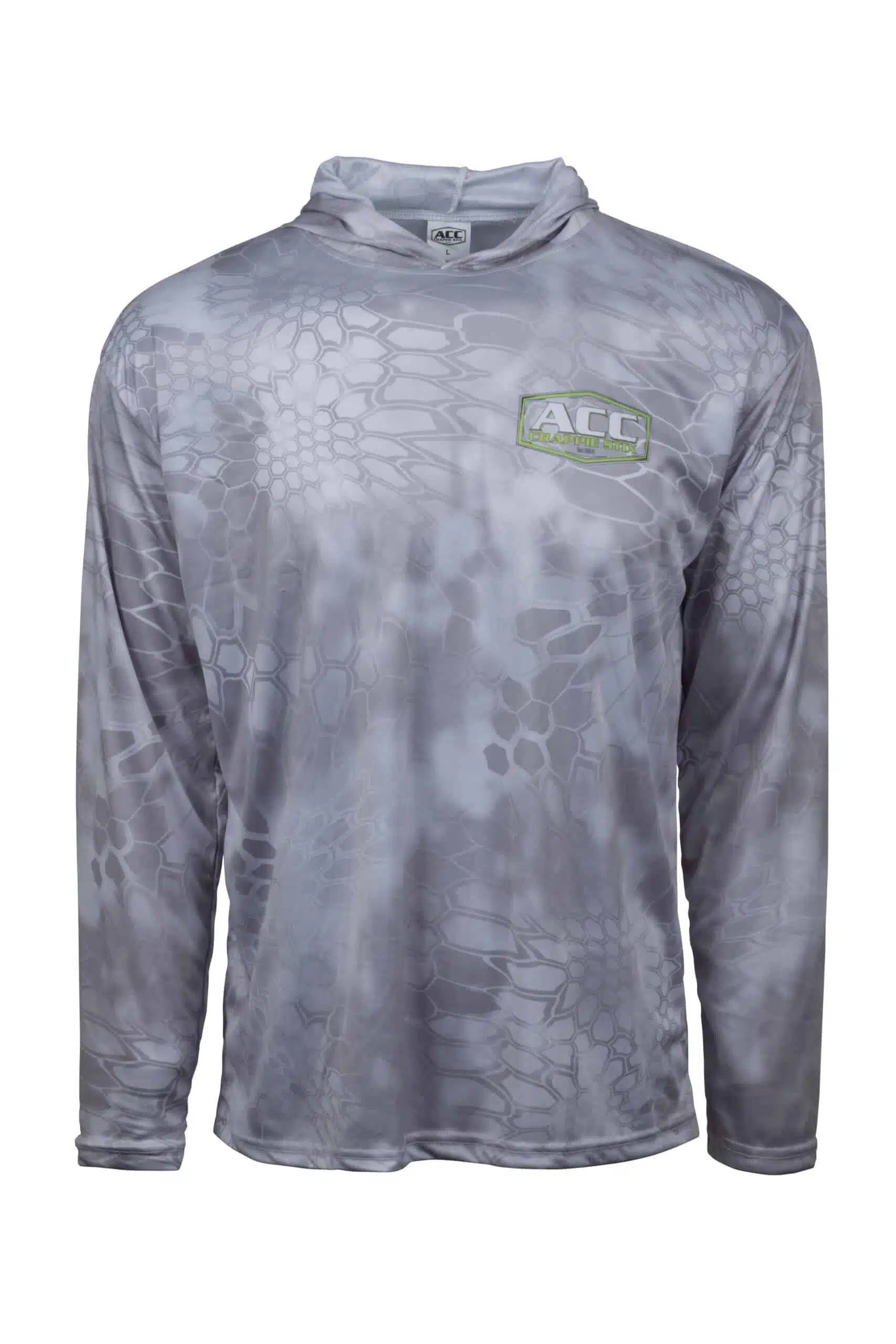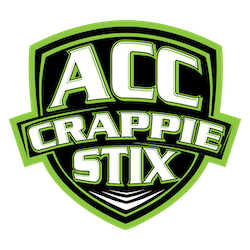Cork-and-minnow crappie fishing
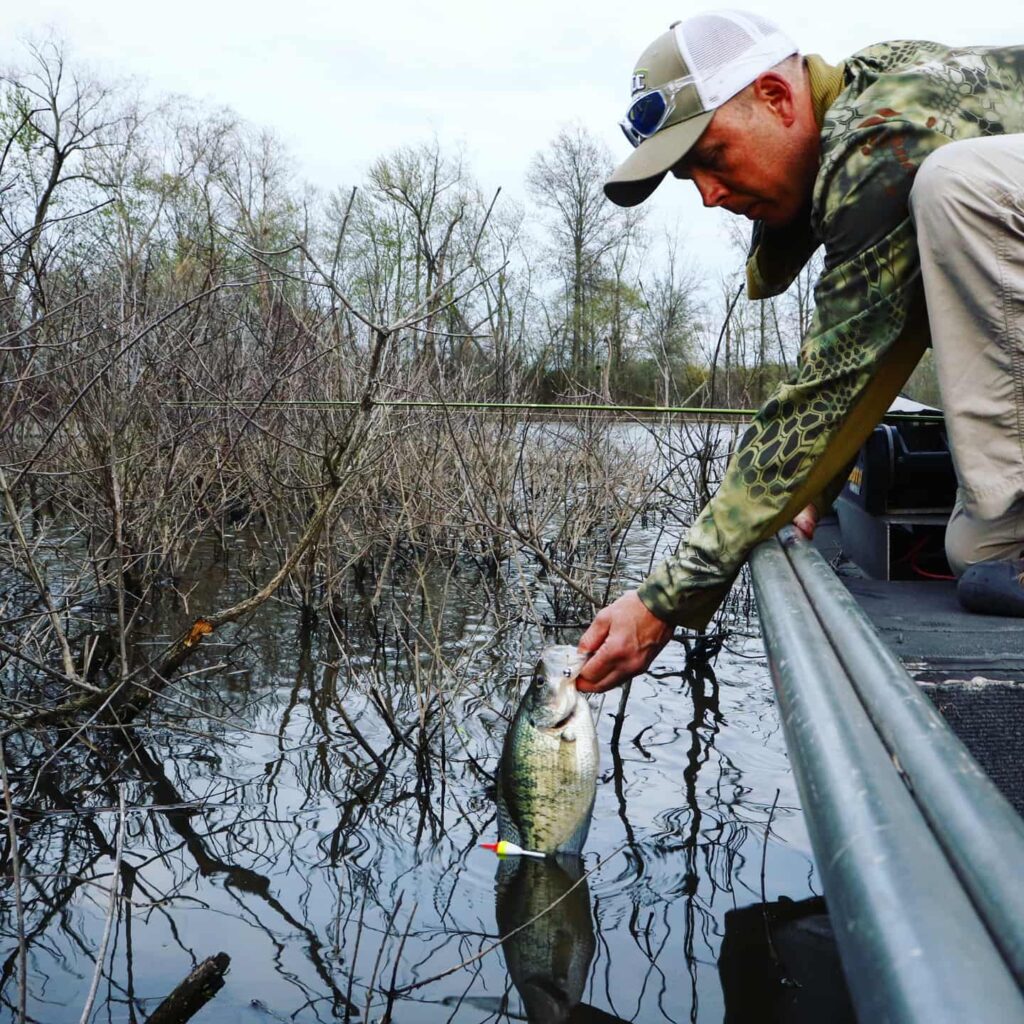
By Greg McCain
In the advanced high-tech world of modern crappie fishing, one very basic technique remains largely unchanged and among the most effective for spring fishing.
The technique does not require modern electronics or a boat or even a rod-n-reel.
We’re talking cork-and-minnow fishing or some slight variation thereof. A hook, a small split shot, and a cork or a bobber or a float. The premise is the same, regardless of the name.
Who can ignore the thrill of a cork disappearing below the surface? The sight remains a fixed image in the minds of crappie fishermen, conjuring a nostalgic remembrance of our formative fishing years and serving as a symbol that the spring season is at hand.
To further answer the question, only the most hardened member of the crappie community can ignore the pulse-elevating excitement of a cork slipping out of sight.
Corks (or floats or bobbers) come in various shapes and styles. Fixed models – the cork is affixed to the line with some type of clip – are the most common, but slip corks also find their time and place in the rotation in the spring and at other times of the year.
The basic set-up normally features a hook – usually #1 or #2 models are effective for most situations involving minnows – a small split shot squeezed about a foot up the line to keep the minnow deep, and a cork just big enough to float the hook and split shot. Depth varies from as little as a foot up to about four feet. For any situation involving more than four feet, a slip cork makes casting much easier.
So which model and shape is best? Individual anglers swear by certain brands, but just about any type can be effective.
I remember an occasion several years ago when the local preacher invited himself on a crappie trip. The prime spawning window had already passed, but a few stragglers were hanging around the type of shallow-water structure ideal for cork-and-minnow fishing.
The preacher showed up with a couple of spincast rigs right out of the early 70s, each equipped with plastic bobbers roughly the size of oranges. He had pinched split shot that looked to weigh 1/2-oz. to his line, which also featured the biggest snap swivels I’d ever seen. Ironically, his hook looked to be about a #8.
Of course, he caught two crappie for every one that I landed that day, proving that even a monstrosity of a cork-and-minnow rig can be highly effective and outfish a jig at times.
A couple of options make for good all-around choices. Pear-shaped and cigar-shaped models come in a variety of sizes and are very affordable. Some of the cigar-shaped brands are weighted, which greatly increases casting distance.
The cork-and-minnow can be used just about anywhere but is particularly effective around wood structure in the spring. Stumps, laydowns, brushpiles, cypress knees, and man-made or commercial structures are prime targets for holding spawning crappie.
Other places to consider are docks, rip-rap, bridge pilings, and grass edges.
For just about any application, ACC Crappie Stix offers a rod that fills the need. The 6’6” (GS661P) or 7’6” (GS76SG) models are ideal for just about any casting situation. Shorter ACC versions are available, including a youth model.
A longer rod helps when the cork-and-minnow is flipped or delicately dropped around structure with the 10’ or 11’ models by ACC making good all-around choices. The ACC rear-seat rods (GS10R or GS11R) paired with a reel that provides good balance are great for this application.
The longer rods come in handy when flipping under a cypress tree, a prime spawning spot for crappie, or when dropping a minnow vertically between the limbs on a big laydown. The longer rods also work effectively for slipping minnows in holes in grass mats.
Fixed corks work best in the shallows, but some situations dictate a slip cork, which can be used at just about any water depth but really shine at greater depths. Think tossing a slip cork-and-minnow rig over a brushpile that rises to within 15 feet of the surface. Peg the slip float anywhere from 10-14 feet up the line and let the crappie rise to the minnow to eat.
A friend of mine likes to tight line minnows in those situations, but I have used the slip float effectively sitting right beside him. Many of the bites frequently create a “dead” cork, which falls horizontally on the water when a crappie feeds from below.
Similar opportunities can be found around bridge pilings and deep grass edges. The shade of deep bridge pilings will often load up with crappie, especially in the post-spawn or even in the summer.
Another consideration, a variation of the cork-and-minnow rig, involves replacing the hook with a jig. The set-up proves deadly at times and tipping with a minnow only adds to the effectiveness. Hair jigs – even cheap marabou ones work great – that undulate at the slightest movement are among the best choices. Often a retrieve is not necessary with wave action creating enough movement to seduce a crappie.
The cork-and-jig can be used interchangeably in the same places and at the same depths as a cork-and-minnow rig. Just don’t buy the bigger models, which will sink many floats. ACC Jig Heads from 1/32 to 1/16 work great for this presentation.
It’s cork-and-minnow season across much of the country right now. If it’s not in your region, the time will soon arrive. Too many fishermen get so caught up in electronics and advanced tactics that they ignore a time-honored technique. Don’t let that happen. Give the cork-and-minnow another try this spring. The result will likely produce as many filets in the freezer as any other.

